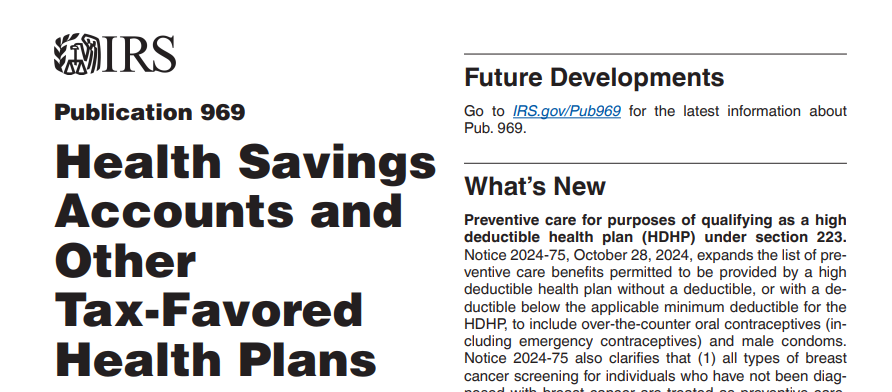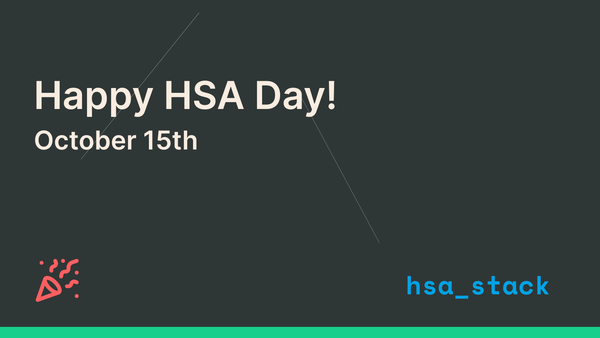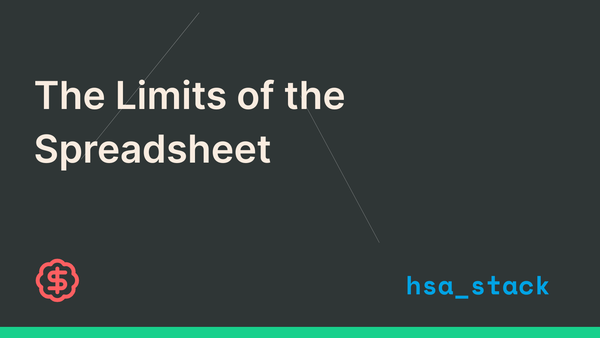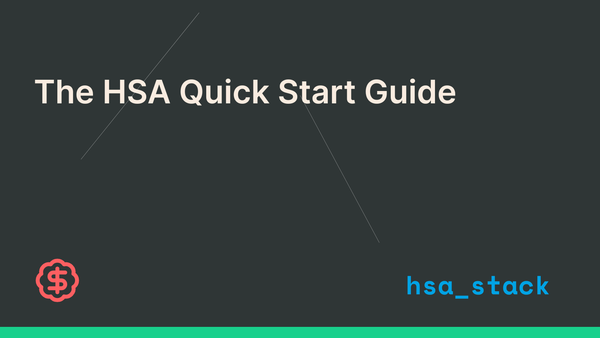Your 2025 Guide to Health Savings Accounts (HSAs)
Unlock the full potential of your Health Savings Account. This guide breaks down the essential 2025 HSA rules, from eligibility and contribution limits to qualified medical expenses and reimbursement strategies, all based on the latest IRS guidelines.

A Health Savings Account (HSA) is one of the most powerful savings and investment tools available in the United States. It offers a unique triple-tax advantage that makes it an incredibly efficient way to pay for healthcare expenses today while building wealth for tomorrow.
However, to get the most out of your HSA, you need to understand the rules. This guide provides a clear, straightforward overview of what you need to know for the 2025 tax year, based on guidance from IRS Publication 969.
Who is Eligible for an HSA?
To contribute to an HSA, you must meet a few specific requirements set by the IRS. On the first day of the month you plan to contribute, you must:
- Be covered by a High-Deductible Health Plan (HDHP). This is the most important prerequisite. An HDHP is a health insurance plan with a higher deductible than traditional plans. For 2025, a plan is considered an HDHP if it has a minimum annual deductible of at least $1,650 for self-only coverage or $3,300 for family coverage.
- Have no other disqualifying health coverage. You generally cannot have other health coverage, such as a traditional PPO, HMO, or a full-purpose Flexible Spending Account (FSA). There are exceptions for "permitted coverage," which includes things like dental, vision, disability, and long-term care insurance.
- Not be enrolled in Medicare. Once you enroll in Medicare (typically at age 65), you can no longer contribute to an HSA. However, you can still use the funds you've already accumulated.
- Not be claimed as a dependent on someone else’s tax return.
2025 HSA Contribution Limits
The IRS adjusts the maximum amount you can contribute to your HSA each year for inflation. For 2025, the limits are:
- $4,300 for individuals with self-only HDHP coverage.
- $8,550 for individuals with family HDHP coverage.
The Catch-Up Contribution
If you are age 55 or older by the end of the tax year, you are eligible to contribute an additional $1,000 as a "catch-up contribution." This means your total contribution limit for 2025 would be $5,300 for self-only coverage or $9,550 for family coverage. If both you and your spouse are over 55, you can each make a $1,000 catch-up contribution, but you must do so into separate HSA accounts.
Understanding Qualified Medical Expenses (QMEs)
The funds in your HSA can be withdrawn tax-free at any time to pay for qualified medical expenses (QMEs). The IRS defines these as expenses for "diagnosis, cure, mitigation, treatment, or prevention of disease."
This is a broad definition that covers a wide array of services and products. While not exhaustive, this list includes many common QMEs:
- Doctor’s visits, co-pays, and specialist fees
- Dental treatments (cleanings, fillings, braces)
- Vision care (exams, eyeglasses, contact lenses, LASIK)
- Prescription medications
- Over-the-counter (OTC) medicines (e.g., pain relievers, cold medicine)
- Acupuncture and chiropractic services
- Physical therapy
- Ambulance services
- Mental health care, including therapy and psychiatric services
- Menstrual care products
Expenses that are merely beneficial to general health, like non-prescribed vitamins or gym memberships for general fitness, are typically not considered qualified medical expenses.
How HSA Reimbursements Work
Using your HSA is straightforward, but the rules offer powerful flexibility.
You can use your HSA funds in two primary ways:
- Pay Directly: Use your HSA debit card or checks to pay for a qualified medical expense at the point of sale.
- Pay Out-of-Pocket & Reimburse Yourself: Pay for a QME with your personal funds, and then request a tax-free distribution (reimbursement) from your HSA to pay yourself back.
There is no time limit on when you can reimburse yourself for a QME. As long as the expense was incurred after you established your HSA, you can pay yourself back from the account months, years, or even decades later. This creates a powerful financial strategy known as delayed reimbursement.
By paying for current medical expenses out-of-pocket and leaving the money in your HSA to grow tax-free through investments, you can build a significant nest egg. You simply need to keep meticulous records of your qualified expenses so you can reimburse yourself in the future—for example, during retirement—completely tax-free.
Keeping accurate, organized records is the cornerstone of confident HSA management. It ensures that if you are ever asked by the IRS, you can easily prove that every tax-free dollar you took out of your account was for a legitimate qualified medical expense.




